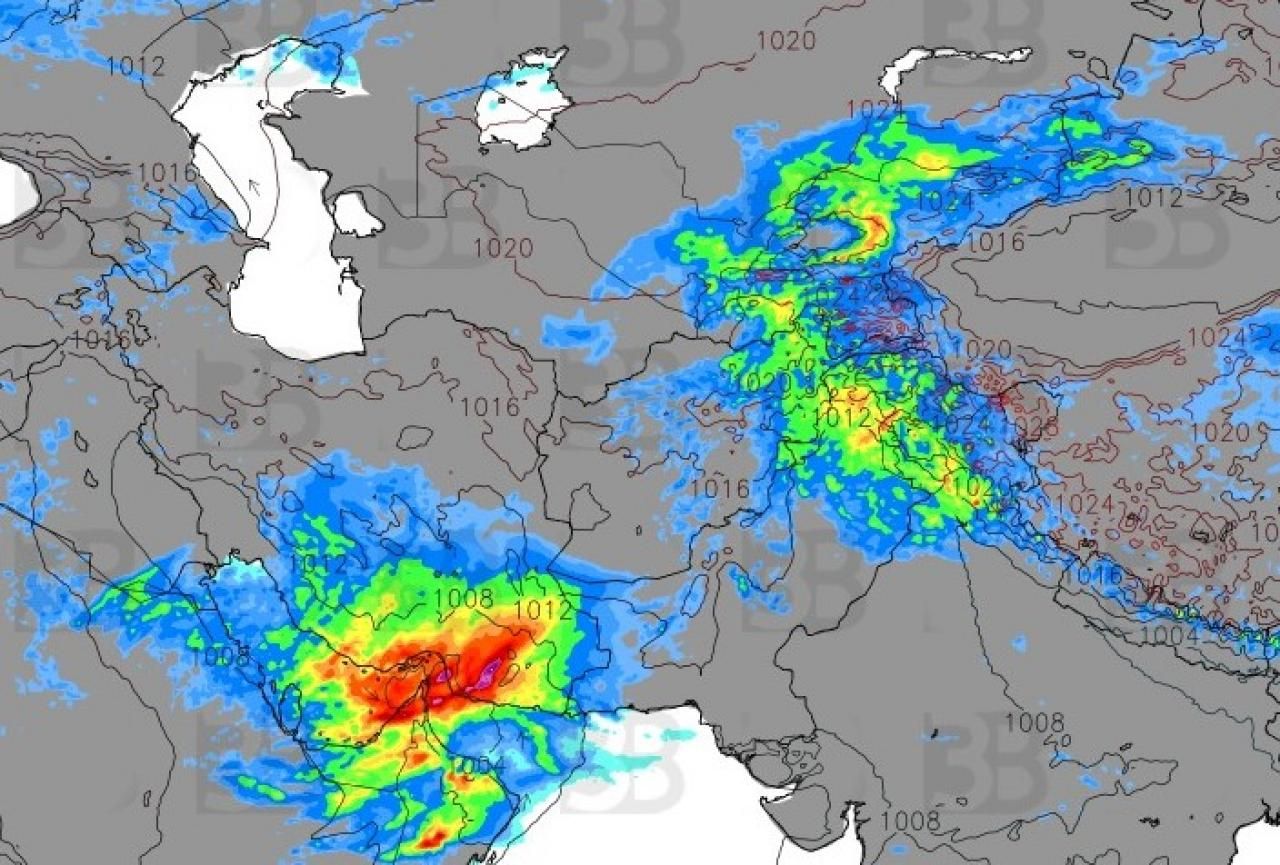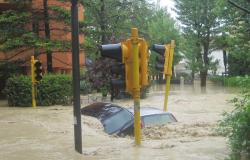Tuesday 16 April 2024the United Arab Emirates was the scene of strong thunderstormscharacterized by torrential rainswinds with speeds of up to 80 km/h, and road flooding.
This event led to the precautionary closure of schools and the suspension of airport operations for 25 minutes, with over 50 flights cancelled.
The images show flooding in subways and shopping malls, as well as submerged arterial roads, highlighting the vulnerability of desert infrastructure to heavy rainfall.
epaselect epa11282508 Motorists drive during a heavy rainfall in Dubai, United Arab Emirates, 16 April 2024. A severe wave of thunderstorms with heavy rainfall is hitting most UAE’s cities especially in Dubai, Sharjah and Al Ain where the Asian Champions League semi final first leg match between UAE’s Al-Ain Club and Al-Hilal from Saudi Arabia has been postponed. EPA/ALI HAIDER
A specific verse was recorded in Dubai record of precipitation, with 100 millimeters of water in 12 hoursexceeding the annual average of 95 millimeters.
Over the next 24 hours, the city recorded 159 millimeters of waterequivalent to a year and a half of precipitation, aMarmul airport in Oman has also suffered record rainfall of 360 millimeters in 48 hours.
The cause that made this event so surprising is to be attributed to the anomalous sinking of a pocket filled with air directly extracted from the Arctic, which triggered the formation of a low pressure system which it caused violent storms And heavy rains.
ARTIFICIAL RAIN?
Cloud Seedinga practice developed in the United Arab Emirates by 2002 and subsequently also in China, was held responsible by many for this event of historic significance, to say the least, but what is Cloud Seeding?

This technique consists of introducing particles, such as sodium chloride or silver iodide, into the atmosphere with the aim of stimulating the formation of rain or snow within the clouds. These particles act like condensation nucleifacilitating the formation of water droplets or ice crystals, which can grow and fall as rain or snow.
However, there is no official data to confirm this hypothesis, although it is known that cloud seeding can intensify ongoing rainfall but in any case over limited portions of territory.
However, the contribution offered by the company remains more probable climate changewho may have been primarily responsible for such events that hit the United Arab Emirates.
It is therefore not possible to establish a direct cause-effect link, given the complexity of the factors that influence such events, however we can state that it remains highly unlikely that the hand of man is behind all this due mainly to its extension, in fact the storms not only hit Dubai, but a vast desert area.








